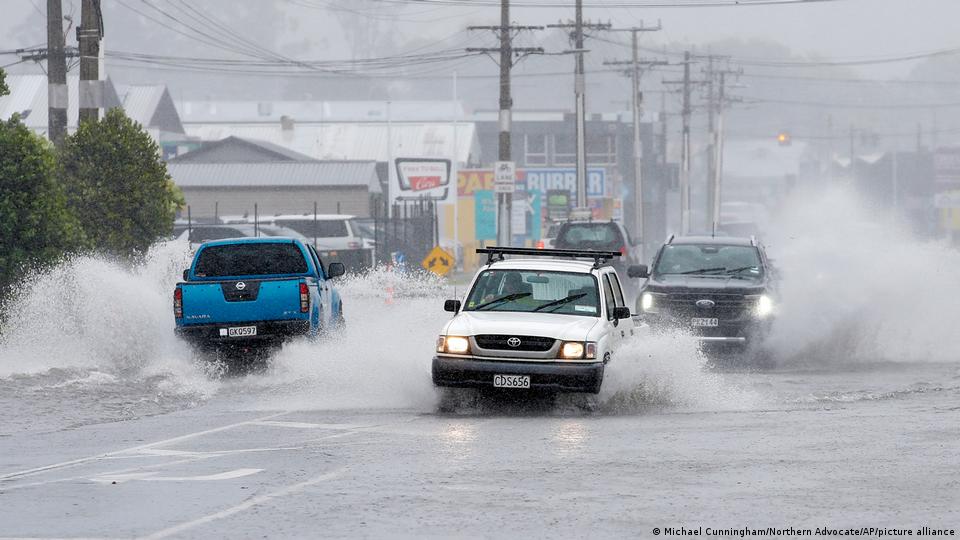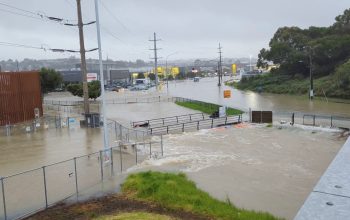Cyclone “Gabrielle” intensified its strength which resulted in damaged roads and inundated homes. Prior to this, about 225,000 individuals suffered from massive power outages on Tuesday. This has prompted the NZ government to declare the country in a state of emergency.
The cyclone was characterized by driving rains and high winds that affected much of NZ’s highly populated North Island. Because of the massive and devastating effects, Prime Minister Hipkins called the cyclone the most significant and devastating weather event in the history of the country in the 21st century.
According to Daylight, the following are the widespread and damaging impacts of cyclone Gabrielle: roads that have been eaten away by landslides, collapsed homes that have been buried in deep mud, silts, and a full load of storm fragments and detritus, smashed power lines due to fallen trees, blocked major roads due to floodwaters, and communities that were left stranded.
The local media has also reported that countless people were forced to brave the floods and high waters, swimming away from their homes to safety. There were those who had no other choice but wade through floodwaters on foot while others were forced to shelter themselves in place.
According to estimates, roughly about 2,500 persons were displaced from their homes and with the passing of time, it is expected that the number will significantly increase. National data shows that 75 percent of the country’s five million residents dwell on North Island where the storm’s brunt was felt.
There are some areas in the region where roads are still inaccessible and devoid of electrical power, internet, and telecommunications. The major road between Auckland and Wellington is not passable and still remains closed. Also, the country’s three major cellular networks declared that 455 cellular sites had no power transmissions available.
As for the aviation department, both domestic and international flights were suspended. According to Air New Zealand, over 600 flights have been cancelled and this has led 35,000 passengers to be highly affected. However, airports are now reopening in a gradual manner.
Prior to the NZ’s national emergency declaration, military personnel were deployed to aid and assist with evacuations. Daithi Stone, a climate scientist said that Gabrielle had fed off warm seas in a very unusual manner. It was also driven by La Niña patterns and climate change combined together.
Kieran McAnulty, minister of Emergency Management assured that the country’s emergency services will continue to work day in and day out despite the difficult conditions.



